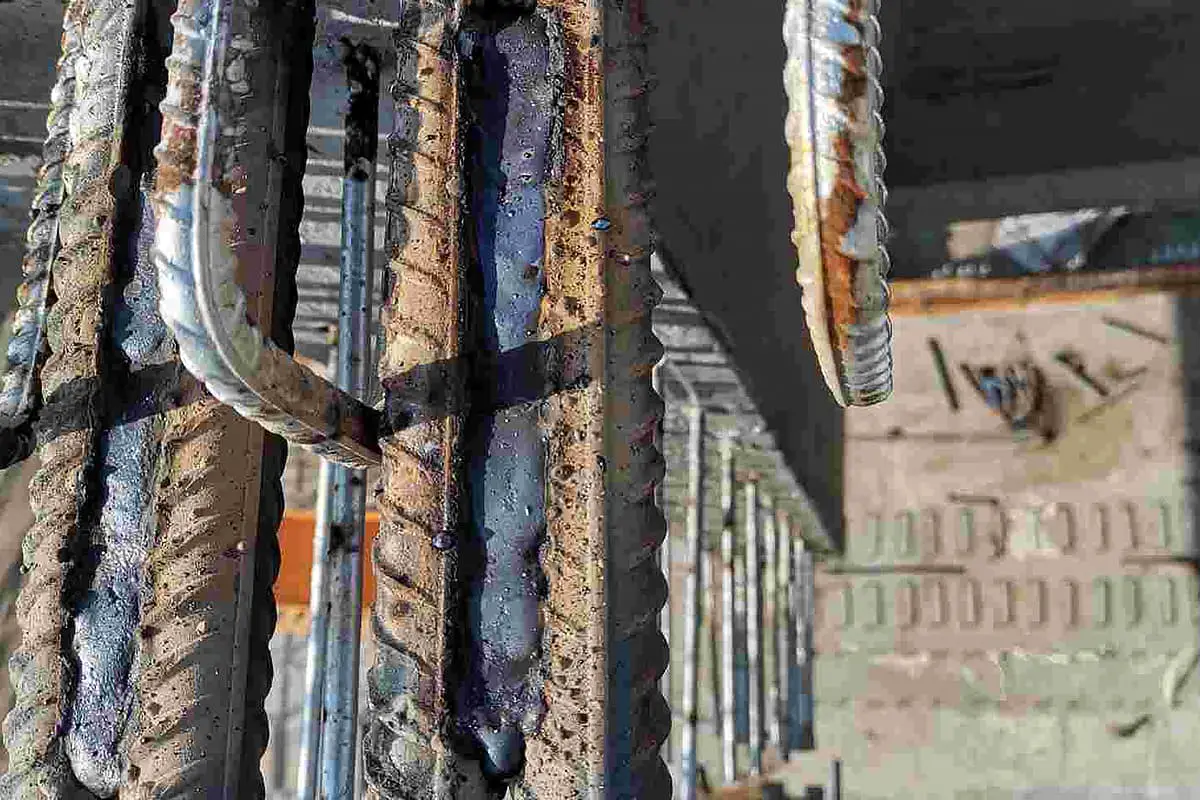Comprehending the Causes and Solutions for Undercut Welding in Metal Manufacture Processes
In the realm of metal construction processes, the occurrence of undercut welding positions a considerable challenge that requires a thorough understanding of its causes and practical services. The elaborate interplay of various factors during welding procedures can result in this unwanted sensation, affecting the structural stability and overall quality of the bonded joints - Preventing weld undercut. By studying the source of undercut welding and checking out reliable therapeutic steps, producers can boost the requirement of their workmanship and ensure the production of remarkable steel parts
Common Sources Of Undercut Welding
Regularly overlooked in metal construction, undercut welding takes place due to various factors that demand precise interest and proficiency to be efficiently alleviated. Furthermore, inappropriate welding strategies, such as using the wrong welding angle or travel rate, can also add to damage development. The selection of welding criteria, such as voltage, existing, and cord feed rate, plays a significant role in the occurrence of undercut welding.
Impact of Incorrect Welding Parameters
Inaccurate welding parameters can significantly endanger the honesty and high quality of bonded joints in metal construction processes. The impact of incorrect welding criteria shows up in numerous methods, resulting in structural weaknesses and issues in the bonded elements. One vital element affected by inappropriate welding criteria is the infiltration depth of the weld. Insufficient warmth input because of low welding currents or excessively high traveling speeds can result in poor blend between the base metals, bring about incomplete joint penetration and damaged bonds. On the other hand, extreme heat input brought on by high welding currents or sluggish travel rates can result in too much and burn-through reinforcement, developing a brittle and unpredictable weld framework. Additionally, inaccurate parameters such as inappropriate voltage setups or incorrect electrode angles can add to irregular weld grain profiles, absence of blend, and boosted chances of flaws like undercutting. Careful focus to welding specifications is paramount to make sure the manufacturing of premium welds with the wanted mechanical residential or commercial properties and architectural honesty.
Result of Improper Torch Angle
Incorrect torch angle in welding operations can dramatically influence the high quality and stability of the final weld joints in steel manufacture procedures. Undercutting is a common welding issue where a groove creates along the weld toe, deteriorating the joint and jeopardizing its structural integrity.
A torch angle that is too high can bring about inadequate penetration, incomplete blend, and increased spatter. On the various other hand, a torch angle that is too superficial can lead to excessive infiltration, burn-through, and distortion of the base product. Preventing weld undercut. Appropriate torch angle is crucial for making certain constant weld high quality, strength, and look
To stop undercutting and various other flaws brought on by improper lantern angles, welders should be educated to preserve the right lantern angle throughout the welding process. Regular surveillance and modification of lantern angles during welding can aid accomplish sound welds with very little defects.
Duty of Inadequate Welding Strategies

Another aspect of poor welding strategies is inappropriate weld prep work. Poor cleansing of the base metals, incorrect joint design, or insufficient side prep work can all add to undercut welding. Insufficient shielding gas coverage or making use of the incorrect type of gas can result in incomplete blend and the development of undercut problems.
To address the duty of insufficient welding methods in steel manufacture processes, it is vital to provide thorough training for welders. Appropriate education on welding parameters, joint prep work, click to read and shielding gas option can assist prevent undercut welding and make certain top notch welds in metal manufacture jobs.
Effective Solutions for Undercut Welding
Resolving undercut welding in metal fabrication needs implementing reliable services to boost weld quality and architectural integrity. Among the primary remedies to fight undercut is to readjust welding specifications such as voltage, existing, and travel rate to ensure appropriate heat input and combination. By fine-tuning these setups, welders can avoid too much melting of the base metal and filler material, lowering the possibility of undercut development.
Additionally, appropriate joint prep work is important in protecting against undercut. Guaranteeing tidy base steel surfaces totally free of impurities and using the suitable bevel angle can aid advertise better weld penetration and reduce the danger of undercut - Preventing weld undercut. Using ideal welding techniques, such as oscillating the lantern or weaving, can additionally aid in distributing warm evenly and filling up the weld joint adequately, reducing the possibility of undercut flaws
Furthermore, selecting the appropriate welding consumables, including electrodes and filler steels, is crucial in mitigating undercut. Using materials with suitable chemical structures and mechanical properties can add to achieving sound welds with minimal undercut. Routine evaluation and quality assurance procedures must likewise be carried out to find and resolve undercut concerns without delay, making certain the total stability of produced steel components.

Verdict
In conclusion, understanding the reasons and services for undercut welding in metal fabrication processes is crucial for attaining top notch welds. By resolving typical causes such as inaccurate welding criteria, inappropriate lantern angle, and insufficient welding techniques, welders can prevent damaging and make sure strong, durable welds. It is necessary to focus on these aspects and carry out effective remedies to enhance the overall welding procedure and end product top quality.
